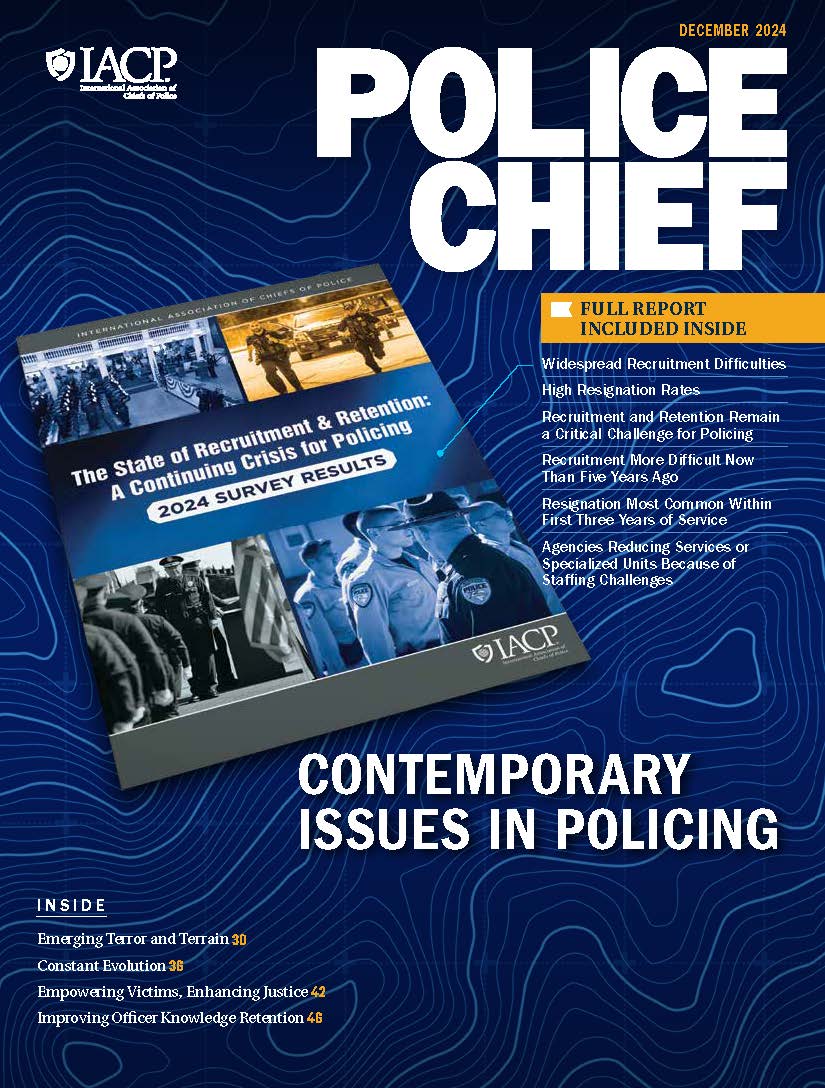My career pathway to law enforcement research has been circuitous. After getting my doctorate in statistics from the University of Washington in 1999, I began work at the RAND Corporation, a nonprofit organization dedicated to informing policy with research. I eventually became Director of RAND’s Center of Quality Policing, and later, Director of RAND’s Safety and Justice Program. In this role, I worked with numerous police departments and governments around the world to develop solutions to the crime and justice problems they were facing. For example, I worked with the city of Los Angeles on police recruiting strategies, the city of New York on analysis of officer-involved shootings and stop-and-frisk practices, and the Abu Dhabi Police on setting up a research division within their organization. Perhaps my best-known research focused on race and policing in which I developed an approach for characterizing the time, place, and context in which an officer works; matched that officer’s activities with other officer’s working in the same time, place, and context; and constructed benchmarks that could detect whether the officer’s performance deviated substantially from similarly-situated peers. That system was deployed in Cincinnati as part of the 2002 Settlement Agreement and in New York to assess whether certain officers were stopping a surprising number of minority pedestrians.


